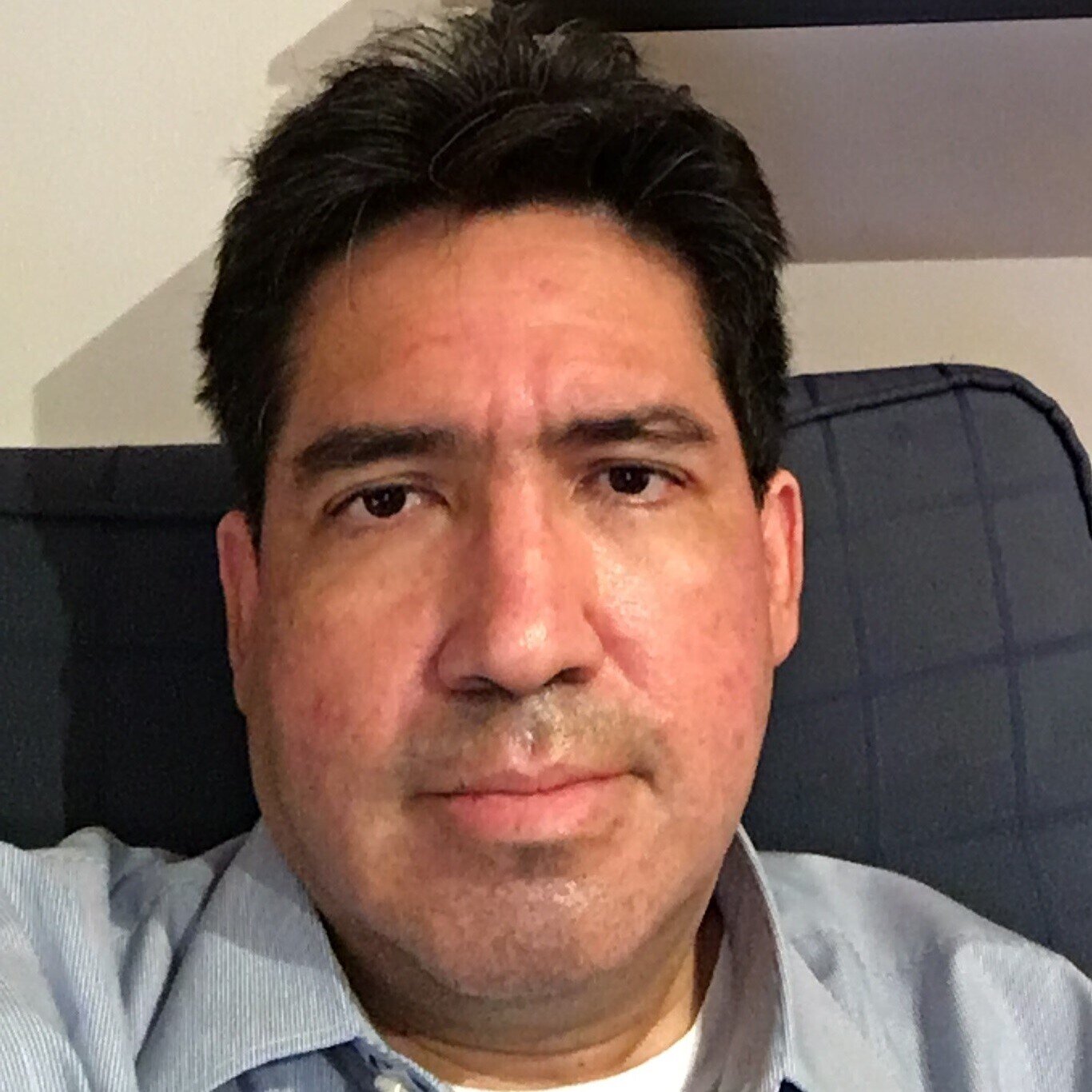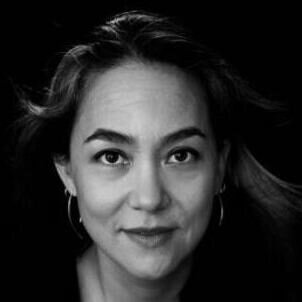
Where in America can you find a literary adventure?
To book(mark) World Book Day on April 23, Lawn Love ranked 2024’s Best Cities for Book Lovers.
We compared the 500 biggest U.S. cities based on four categories. We looked at access to bookstores, libraries, and book clubs, among 16 total metrics.
See which cities are utopias for book lovers below. To learn how we ranked the cities, see our methodology.
In this article
- City rankings
- Top 5 close up
- Key insights
- Expert take
- Behind the ranking
- Final thoughts: Create a cozy outdoor reading nook
City rankings
See how each city fared in our ranking:
Top 5 close up
Check out the slideshow below for highlights on each of our top 5 cities.
Key Insights
New York (No. 1) reads to the top with a 55-point lead over the second-best city, Chicago, and takes first place across all four categories.
Large cities dominate the top 25 of our ranking, with prestigious college towns like New Haven, Connecticut (No. 41), Cambridge, Massachusetts (No. 51), and Berkeley, California (No. 55) trailing closely behind.
Other smaller cities like Asheville, North Carolina (No. 59), Beaverton, Oregon (No. 83), and Bloomington, Indiana (No. 93), stand out in the top 100 despite having fewer than 100,000 residents. All three cities enjoy bountiful bookstores and libraries allowing non-resident borrowing.
34 California cities and Utah cities Salt Lake City (No. 37) and Provo (No. 236) score in the top half of our ranking. Meanwhile, the remaining 9 Utah and 83 California cities finish at the bottom, with Rancho Cordova landing in last place. These cities lack access to bookshops and bookmobiles, and — apart from St. George, Utah (No. 280) — their libraries have fines for overdue items.
Page through more interesting takeaways below.
Expert take
We turned to a panel of bibliophiles for insight into the best ways to fall in love with reading. See what they had to say below.
- What are the 3 biggest benefits of reading books?
- What are the best strategies for parents to get children into reading?
- How have new ways of reading, such as using e-readers or listening to an audiobook on the way to work, changed readership rates?
- Do you have 3 or 4 tips for people who want to get back into reading regularly?
- Some people struggle to read books because they don’t know what genres they enjoy or what genres are available. What’s the best way to discover one’s favorite genre(s)?
- How can avid readers keep up with the constant influx of new books to read?




What are the three biggest benefits of reading books?
There are many benefits to reading books!
- Reading books offers opportunities to learn about other places, perspectives, and information so we can expand our own thinking knowledge. So, it is a way to learn content.
- Reading books also offers an emotional and creative outlet to think about things in a new way. We can develop empathy, ideas, and creative solutions when we are transported into a story.
- Together, they nurture the growth and development of a child.
What are the best strategies for parents to get children into reading?
Here are my top strategies to help children have a passion for reading.
- Model reading practices – reading books, magazines, directions or recipes, online content too is important. Parents need to share multiple reading practices with their children.
- Have many opportunities to read in the home, car, and other places you go. Having access to books and other print materials in normal experiences/places tells children that reading is important and a way to learn about the world in a positive way.
- Families can engage in children’s school experiences (volunteer at school, support homework, and make reading activities enjoyable).
What are your three best tips for people who want to get back into reading regularly?
The best way to get back into the habit of reading is to build reading into your routine. Perhaps, it is to read before bed each night for 20 minutes. I like to read or listen to my eReader when I exercise on the treadmill.
Finding something you enjoy reading is also important. It is easier to create a new habit if it is part of the routine and something that you enjoy. Trying a variety of genres of books, magazines, or blogs sometimes takes time. Once you find your interest, it is easier.
Some people struggle to read books because they don’t know what genres they enjoy. What’s the best way to discover one’s favorite genre(s)?
It can be challenging to find books you enjoy as there are many different genres available. If you haven’t read a book in a while, but you want to start reading again, think about the last book you enjoyed reading and ask yourself the following questions.
- Why did you like the book?
- Was it a novel or a biography or something that was self-help?
- Was it long or short?
- Was it informational?
- What did it make you think about when you read it?
These questions will help you think about the type of book you enjoy.
If it has been a while since you last read a book and don’t remember one you enjoyed, try asking a friend for a suggestion, do a google search for suggestions, or join a Facebook group for reading. In some ways there are too many ways and too many genres which can make the task very overwhelming.
One last way might be to think about other entertainment such as shows or movies you enjoy. Are they comedies, documentaries, or long sagas that took place a long time ago? Book genres are similar. In some cases, the show or movie may have been based on a story/book. You might try to read the corresponding books, such as Harry Potter.
How can avid readers keep up with the constant influx of new books to read?
There are many new book choices that pop up every day. For avid readers, I recommend joining a social media group such as Good reads or a Facebook book club.
These sites offer all types of information and other readers are always willing to give a review or a suggestion of a good book they just read. I enjoy discussing books with other people so having a book group or club can help make this an enjoyable extension.

What are the three biggest benefits of reading books?
- One of the biggest benefits is learning something new. Reading provokes and also satisfies our curiosity about topics we’re interested in—and topics we would never think about in our everyday lives.
- Another is connecting with perspectives and lives different from our own—across national borders and even historical periods. What is it like to live in another country, or another century? The differences are interesting, but the commonalities are even more compelling.
- Finally, I don’t think escapism is a bad thing. Sometimes, we need a break from reality, and reading offers this in a variety of ways. Sometimes, that temporary escape is just what we need to see reality more clearly.
What are the best strategies for parents to get children into reading?
Get children excited about language—engage them with language in its various forms: reading text to them of course, but don’t forget spoken language in music and conversation, or even the sculpted language on wooden blocks.
Anything that gives language life and texture inspires interest in reading. I say this from my own experience rather than empirical data. I grew up in a bilingual household, and experiencing how different languages reflect the world gave language itself this three-dimensional quality that stayed with me well into adulthood.
How have new ways of reading, such as using e-readers or listening to an audiobook on the way to work, changed readership rates?
I’m a child of print books, but I also think that e-books and audiobooks have generated greater interest in reading. There are so many more ways for someone to get immersed in a book—text surrounds us whether in our cars or on our phones.
I myself need a printed page to feel immersed, or at least a screen bigger than my phone. But what works for me won’t work for every reader. I think the greater variety of reading experiences will work to create more interest in reading generally.
What are your three best tips for people who want to get back into reading regularly?
- Make reading a habit—something you do every day. And your reading time doesn’t have to be long—it can be something you listen to on the way to work, or something you read before going to bed.
- The key I think is consistency rather than a certain number of pages or chapters per day. Make a routine that works for you and stick to it.
- And read what you want—histories, thrillers, comic books. The pleasure of reading can take many forms. “Real” reading doesn’t just mean Moby-Dick or Heart of Darkness. We need to treat reading like listening to music. We expect people to have differing tastes in music; we should be just as eclectic with our reading habits.
Some people struggle to read books because they don’t know what genres they enjoy. What’s the best way to discover one’s favorite genre(s)?
Here is my plug for brick-and-mortar bookstores! Find one and ask the staff for their recommendations. I’m not anti-technology (see above), but an algorithm is no substitute, I think, for the personal expertise of bookstore staff.
How can avid readers keep up with the constant influx of new books to read?
There are some great websites that inform readers of what’s coming out—not just from major publishers, but from interesting smaller presses that deserve more attention:
- Literary Hub: https://lithub.com/
- Electric Literature: https://electricliterature.com/
- Five Books: https://fivebooks.com/

What are the three biggest benefits of reading books?
Reading has structured almost every aspect of my life, so it’s hard to choose three, but 1) when I was young, reading was my escape and my imaginative path to a wider world and2) as I got older, books were my connection to experts and histories that became my teachers and 3) now as an adult and a teacher myself, books allow me to pause.
They give me moments of sustained contemplative attention that’s increasingly hard to get in this technology-dominated world.
What are the best strategies for parents to get children into reading?
Let them choose the books they want to read! Give them true agency, and don’t say no to a book unless it’s absolutely necessary. If you’re concerned about a book, offer to let them read it if they promise to talk to you about it afterwards, and read it alongside them.
How have new ways of reading, such as using e-readers or listening to an audiobook on the way to work, changed readership rates?
There’s ample evidence that print readership is down. Audiobooks offer new kinds of experiences (see Sheri-Marie Harrison’s ode to them on Post45!).
I’m also about to publish an article (in Bloomsbury’s forthcoming New Directions in Print Culture Studies) in which I look at evidence that people are changing their relationship to print culture in the way that they now make books. People are taking up print pursuits like journaling and making art-books.
Both reading print books and interacting with paper can deliver aesthetic rewards that screens can’t provide—it can help with “digital detox.” All of this makes the future of reading hard to predict, but I’m hopeful.
What are your three best tips for people who want to get back into reading regularly?
- Give yourself permission to read for pleasure
- Choose a time of day to read for pleasure, and then
- Don’t beat yourself up if you miss it for a while.
Some people struggle to read books because they don’t know what genres they enjoy. What’s the best way to discover one’s favorite genre(s)?
Discovery is linked to curiosity. After you have given yourself permission to read for pleasure, give yourself permission to wander and browse in the library or independent bookshop with curiosity! And remember that you can put any book down. Accepting mismatches is part of finding new good fits.
Once you’ve committed, I recommend trying to give any book a real chance—some books teach you how to read them a paragraph at a time. But at the same time, you need to preserve your own (adult) sense of agency.
Once trying new things has led you to learn something—once you have truly tasted that feeling of personal discovery—you’ll have confidence in your own bookish wanderings.
How can avid readers keep up with the constant influx of new books to read?
Instead of trying to “keep up,” try to stay curious and engaged! If you have something to say to other readers about what you’re reading, then you can participate in a dynamic conversation. It doesn’t matter when the book was published!
Behind the ranking
First, we determined the factors (metrics) that are most relevant to rank the Best Cities for Book Lovers. We then assigned a weight to each factor based on its importance and grouped those factors into 4 categories: Books For Sale Access, Book Rental Access, Special Access, and Community. The categories, factors, and their weights are listed in the table below.
For each of the 500 biggest U.S. cities, we then gathered data on each factor from the sources listed below the table.
Finally, we calculated scores (out of 100 points) for each city to determine its rank in each factor, each category, and overall. A city’s Overall Score is the average of its scores across all factors and categories. The highest Overall Score ranked “Best” (No. 1) and the lowest “Worst” (No. 500).
Notes:
- The “Worst” among individual factors may not be No. 500 due to ties.
- Access to Little Free Libraries was not included in this year’s ranking due to a data issue.
- “Number of Book Clubs” only includes publicly listed book clubs.
Sources
AARP, Antiquarian Booksellers’ Association of America, Bookclubs, BookCrossing, CareerOneStop, End Library Fines, Everyday Reading, IndieBound, Institute of Museum and Library Services, Meetup, National Library Service for the Blind and Print Disabled, Publishers Archive, The Real Yellow Pages, Silent Book Club, ThriftStoreListings.com, United for Libraries, Urban Libraries Council, and Yelp
Final thoughts: Create a cozy outdoor reading nook
Thanks to e-books, BookTok, and celebrity book clubs, it’s easy for bookworms to find their next read without needing to get off the couch.
Just because you enjoy reading doesn’t mean you have to stay cooped up inside. Use our tips below to design your dream outdoor living space and get lost in a story.
- Snuggle up by an outdoor fireplace with a hot cup of tea.
- Design an outdoor kitchen for reading snacks and space to host the next book club meeting.
- Keep bugs away with a screened-in porch.
- Escape to new heights by devouring a book in a treehouse.
- Put up some outdoor landscape lighting for evening stories.
- Add a relaxing water feature like a koi pond or fountain.
- Keep your yard neat and pest-free for a peaceful reading experience.
- Build a Little Free Library on the front lawn to swap stories with your book-loving neighbors.
Hire a local Lawn Love crew to keep your lawn and landscape looking great while you sit back and crack open a new book.
Media resources
Quotes from Lawn Love Editor-in-Chief Sharon Sullivan:
- 91 cities in our ranking boast libraries allowing non-resident borrowing, giving visitors access to their physical or digital collections with help from apps like Libby and Hoopla.
- Texas and Florida lead the nation in book bans, which are increasing in schools and public libraries across the U.S. However, 22 Florida and 28 Texas cities enjoy 10 or more bookstores, giving those residents options for unrestricted reading.
- Seattle (No. 5) and Iowa City, Iowa (No. 50) represent the U.S. as the nation’s only UNESCO Cities of Literature. Both cities are home to renowned writing programs such as Hugo House and the Iowa Writers Workshop.
- Houston (No. 7) leads Texas in access to bookstores and public libraries, while Austin (No. 15) claims the most Lone Star State publishing houses and literary landmarks.
- Boise, Idaho (No. 28), ties among much larger cities like New York and Chicago with the 3rd-highest number of silent book clubs.
- Philadelphia (No. 6), Huntsville, Alabama (No. 82), and Wyoming, Michigan (No. 197), tie for the best access to braille libraries, with each city claiming 3.
- East and West Coast cities like New York, Los Angeles (No. 4), and Portland (No. 9), dominate the American publishing market. However, some landlocked places — such as Denver (No. 11), Austin (No. 15), and Minneapolis (No. 34) — offer 10 or more publishing houses for aspiring authors.
- High-resolution images of cities
- 2022’s Best Cities for Book Lovers ranking results
- 2023’s Best Cities for Book Lovers ranking results
Main photo credit: Seven Shooter | Unsplash | Unsplash License




